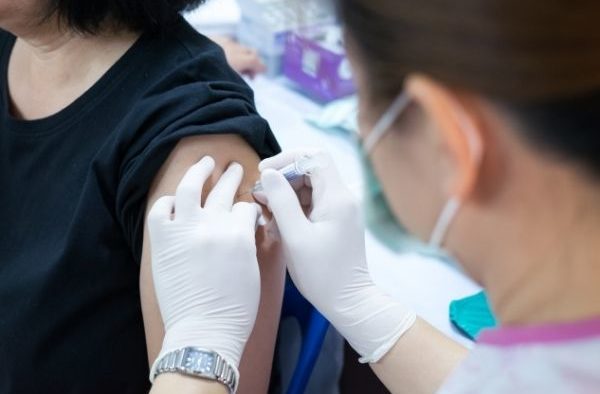Ahead of the National Cabinet meeting, the community sector is calling for urgent action from the federal, state and territory governments to ensure high-risk groups are not left behind in the vaccination rollout.
The community sector is recommending specific vaccination targets for high-risk groups and that population and location specific data be released at least weekly.
ACOSS has welcomed the engagement by Operation COVID Shield and the Vaccination Taskforce with the community sector. We have shared with them our serious concerns that high-risk groups are being left behind in achieving vaccination coverage. The Federal Government and National Cabinet need to take urgent action to address these major gaps in partnership with the community sector to ensure no one is left behind, dangerously exposed.
Australian Council of Social Service CEO Dr Cassandra Goldie said:
“We know high-risk groups are being left behind in the vaccination rollout. People of diverse backgrounds, First Nations communities and people with disability are some of those most at risk of the virus and being left behind in the vaccination rollout. This is also true for people with chronic illness, those living in regional and remote areas and people on low incomes and at risk of homelessness. We’re concerned too for people who are not citizens, without a Medicare card, refuges and asylum seekers, and people in detention.
“There are many barriers that make accessing vaccinations harder for different groups of people. This can include where vaccines are available, whether they are being delivered by trusted people and communities, work or home responsibilities that limit access and more.
“When it comes to setting targets, we can’t just say, for example, that we need to get to 80 per cent vaccinated, full stop. This would leave a serious risk that groups of people most at risk have vaccination rates far lower than the national rate, leaving them exposed to the ravages of COVID.
“It’s crucial that up-to-date data is released publicly at least weekly to clearly show local vaccination rates, as well as rates by population group, for example, by Indigeneity, country of birth, language spoken at home, and disability. By making this data as transparent and as timely as possible we can all clearly see where efforts need to be urgently targeted.
“The community sector is absolutely committed to doing all we can to make sure those most at risk are not left behind in the vaccine rollout. Trusted community leaders and groups are out there encouraging vaccination with great success.
“We need to make sure that the data needed by the community sector and others working on the vaccination effort is as easy to access as possible. This will allow us to see as a country where we urgently need to do better, so we can make sure no one is left behind in the vaccine rollout,” Dr Goldie said.
Lourdes Antenor is an experienced writer who specialises in the not-for-profit sector and its affiliations. She is the content producer for Third Sector News, an online knowledge-based platform for and about the Australian NFP sector.
















































































































































